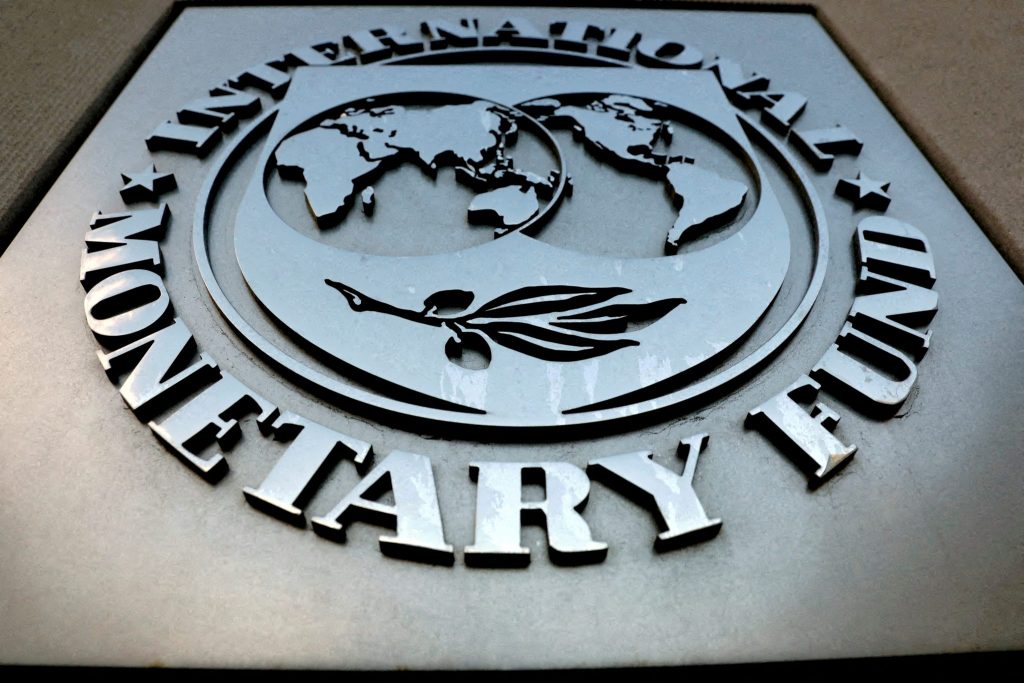In its assessment report of the 2021 allocation of Special Drawing Rights (SDR), the International
Monetary Fund (IMF) has deliberated its ability to respond to growing international financial turmoil in
the wake of COVID-19. A historic US$650 billion was allocated to alleviate the growing fiscal stress in
low- and middle-income countries facing rising public debt and capital market volatility.
The IMF has boasted an injection of liquidity into the reserves of these low-income countries (LICs) and emerging market economies (EMs). With an infusion of US$21 billion among the LICs and US$254 billion in the EMs, the credit constraints felt by these economies have reportedly been lifted, reducing the risk premium for EMs by 3-4 percent. These funds have also reportedly been used to meet foreign reserve requirements and bolster general budget support.
Quota allocation is the IMF’s first response in alleviating the financial needs of countries facing crisis. But despite assurances of the 2021 allocation round’s success, discontent among the EMs and LICs has reflected the inefficiency of the current system to allocate funds fairly.
According to the IMF survey in the report, 35 per cent of EM and 50 per cent of LIC respondents highlighted the insufficiency of SDR funds in meeting financing needs. These respondents also addressed the disproportionate allocation of funds to advanced economies, who received 58 per cent of the allocation. These funds went towards shoring up advanced economies’ reserves or were channelled into other countries through voluntary trade agreements, instead of being allocated directly to those countries in need.
As a considerable number of EMs and LICs have exhausted their SDR holdings by converting it into tradable currencies, the SDR holdings-to-allocation ratio for these countries has drastically reduced to the range of 5–20 per cent. Participating EMs and LICs have ended up with negative net SDR positions, further adding to their interest payment woes.
In assessing the needs of the countries already on the lending program, the 2021 SDR allocation seems to have merely delayed the inevitable. While the allocated funds have opened fiscal policy space in EMs and LICs, the opaqueness in deployment has made it difficult to assess the effectiveness of the project. By delaying the necessary reforms and debt restructuring requirements, the painful recovery process for heavily indebted or distressed countries is only protracted.
With about 60 per cent of the LICs at high risk of debt distress, international scrutiny has spurred reforms in the IMF quota review and lending programs. As the Fund’s lending resources are focused primarily in Latin America, questions have been raised around equity, considering the IMF’s excruciating debt restructuring processes in many Asian and Sub-Saharan African countries.
The IMF’s reliance on temporary sources of funding through multilateral and bilateral borrowing arrangements has tempered the effectiveness of quotas. Bilateral arrangements form roughly US$188 billion of the Fund’s lending capacity and severely reduces the flexibility of the IMF to assist countries by raising quotas.
Views also differ within the IMF on the increasing role of EMs in the global economy. Countries like China and India have witnessed a dramatic economic rise, but these changes have not been reflected in their IMF quota shares.
While the US Treasury has suggested an increase in quotas based proportionately on existing shares, it is in US interest to maintain the current proportion of shares. The United States holds 17.4 per cent of IMF quota shares, enjoying unilateral veto power and holding the ability to prevent any change in the composition of quotas.
Under the current geopolitical climate, with diverging viewpoints on the ongoing conflicts in Ukraine and Gaza, any changes to the international development and emergency finance landscape would have ripple effects on the US position in the international order.
Such fears did come to pass in the 16th General Review of Quotas in early November 2023, which saw the continuation of bilateral borrowing arrangements of US$185 billion and a failure to agree upon increasing the voting share of EMs. Despite agreeing to a 50 per cent increase in the quotas for each member country, the IMF has deferred the discussion on quota realignment to the 17th Review, which will take place in June 2025.
An equi-proportional increase in quotas will certainly give the IMF some much needed respite by alleviating pressures to rely on its New Arrangements to Borrow, which is due to lapse in 2025. But without making quota reforms to reflect the rise of countries like India and China, the IMF risks losing its reputation as the de-facto lender to impoverished countries, who will look to other institutions and creditors like the BRICS and China to meet their financing needs.
Deepanshu Mohan is Professor of Economics and Director at the Centre for New Economics Studies, OP Jindal Global University.
Yashovardhan Chaturvedi is a Research Analyst at the Centre for New Economics Studies, OP Jindal Global University.


The International Monetary Fund's (IMF) allocation of US$650 billion in Special Drawing Rights (SDR), aimed at easing capital market volatility and rising public debt, has stirred discontent due to the perceived inequity of fund allocation for low income countries and emerging markets. The IMF's overreliance on temporary funding sources and a delay in quota reforms that reflect the rise of emerging economies such as China and India have been highlighted as areas of concern for the sustainability of the fund's role as a primary lender.